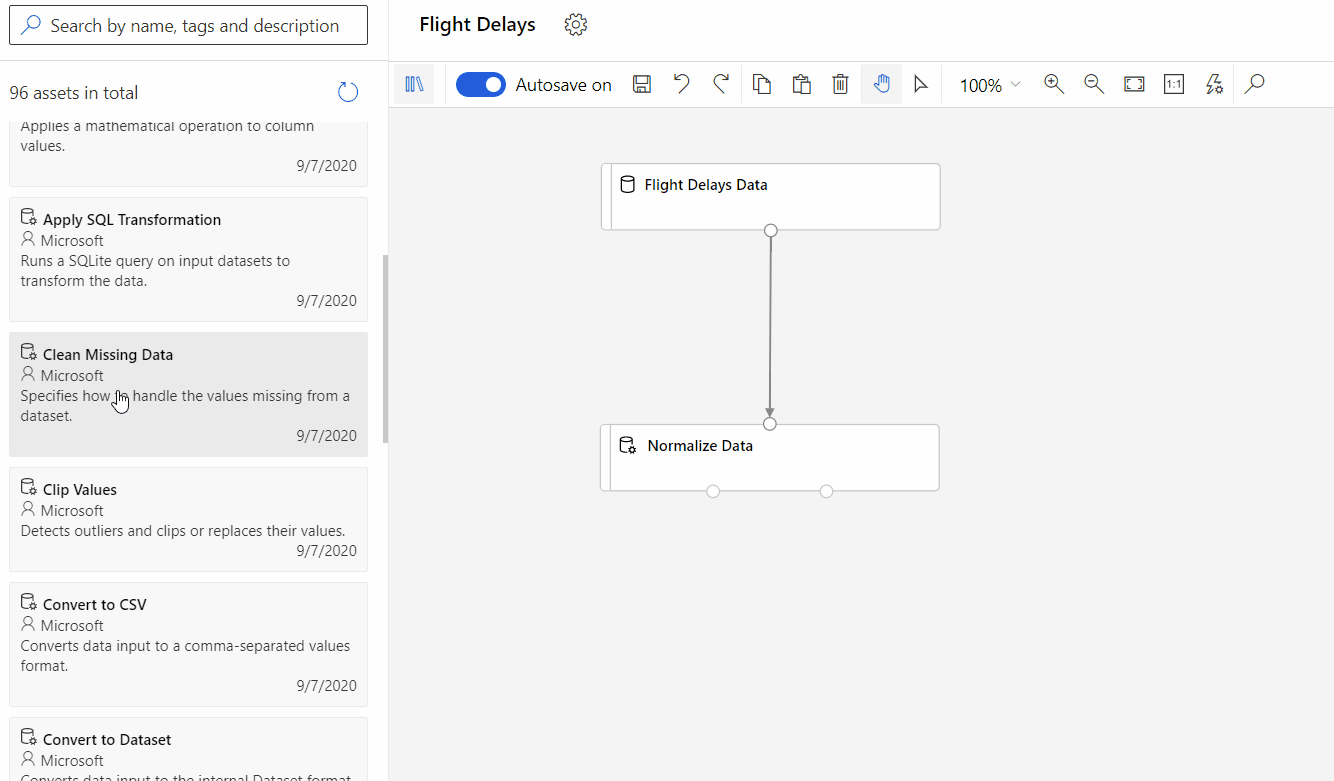In this article, you learn about Azure Machine Learning, a cloud-based environment you can use to train, deploy, automate, manage, and track ML models.
Azure Machine Learning can be used for any kind of machine learning, from classical ml to deep learning, supervised, and unsupervised learning. Whether you prefer to write Python or R code with the SDK or work with no-code/low-code options in the studio, you can build, train, and track machine learning and deep-learning models in an Azure Machine Learning Workspace.
Start training on your local machine and then scale out to the cloud.
The service also interoperates with popular deep learning and reinforcement open-source tools such as PyTorch, TensorFlow, scikit-learn, and Ray RLlib.
What is machine learning?
Machine learning is a data science technique that allows computers to use existing data to forecast future behaviors, outcomes, and trends. By using machine learning, computers learn without being explicitly programmed.
Forecasts or predictions from machine learning can make apps and devices smarter. For example, when you shop online, machine learning helps recommend other products you might want based on what you’ve bought. Or when your credit card is swiped, machine learning compares the transaction to a database of transactions and helps detect fraud. And when your robot vacuum cleaner vacuums a room, machine learning helps it decide whether the job is done.
Machine learning tools to fit each task
Azure Machine Learning provides all the tools developers and data scientists need for their machine learning workflows, including:
- The Azure Machine Learning designer: drag-n-drop modules to build your experiments and then deploy pipelines in a low-code environment.
- Jupyter notebooks: use our example notebooks or create your own notebooks to leverage our SDK for Python samples for your machine learning.
- Machine learning extension for Visual Studio Code (preview) provides you with a full-featured development environment for building and managing your machine learning projects.
- Machine learning CLI is an Azure CLI extension that provides commands for managing with Azure Machine Learning resources from the command line.
- Integration with open-source frameworks such as PyTorch, TensorFlow, and scikit-learn and many more for training, deploying, and managing the end-to-end machine learning process.
- Reinforcement learning with Ray RLlib
You can even use MLflow to track metrics and deploy models or Kubeflow to build end-to-end workflow pipelines.
Build ML models in with the Python SDK
Start training on your local machine using the Azure Machine Learning Python SDK. Then, you can scale out to the cloud.
With many available compute targets, like Azure Machine Learning Compute and Azure Databricks, and with advanced hyperparameter tuning services, you can build better models faster by using the power of the cloud.
You can also automate model training and tuning using the SDK.
Build ML models in the studio
Azure Machine Learning studio is a web portal in Azure Machine Learning for low-code and no-code options for model training, deployment, and asset management. The studio integrates with the Azure Machine Learning SDK for a seamless experience. For more information, see What is Azure Machine Learning studio.
- Azure Machine Learning designerUse the designer to train and deploy machine learning models without writing any code. Try the designer tutorial to get started.

Track experiments
Learn how to track and visualize data science experiments in the studio.

MLOps: Deploy & lifecycle management
When you have the right model, you can easily use it in a web service, on an IoT device, or from Power BI. For more information, see the article on how to deploy and where.
Then you can manage your deployed models by using the Azure Machine Learning SDK for Python, Azure Machine Learning studio, or the machine learning CLI.
These models can be consumed and return predictions in real time or asynchronously on large quantities of data.
And with advanced machine learning pipelines, you can collaborate on each step from data preparation, model training and evaluation, through deployment. Pipelines allow you to:
- Automate the end-to-end machine learning process in the cloud
- Reuse components and only rerun steps when needed
- Use different compute resources in each step
- Run batch scoring tasks
If you want to use scripts to automate your machine learning workflow, the machine learning CLI provides command-line tools that perform common tasks, such as submitting a training run or deploying a model.
To get started using Azure Machine Learning, see Next steps.
Integration with other services
Azure Machine Learning works with other services on the Azure platform, and also integrates with open source tools such as Git and MLFlow.
- Compute targets such as Azure Kubernetes Service, Azure Container Instances, Azure Databricks, Azure Data Lake Analytics, and Azure HDInsight. For more information on compute targets, see What are compute targets?.
- Azure Event Grid. For more information, see Consume Azure Machine Learning events.
- Azure Monitor. For more information, see Monitoring Azure Machine Learning.
- Data stores such as Azure Storage accounts, Azure Data Lake Storage, Azure SQL Database, Azure Database for PostgreSQL, and Azure Open Datasets. For more information, see Access data in Azure storage services and Create datasets with Azure Open Datasets.
- Azure Virtual Networks. For more information, see Virtual network isolation and privacy overview.
- Azure Pipelines. For more information, see Train and deploy machine learning models.
- Git repository logs. For more information, see Git integration.
- MLFlow. For more information, see MLflow to track metrics and Deploy Mlflow models as a web service
- Kubeflow. For more information, see build end-to-end workflow pipelines.
Secure communications
Your Azure Storage account, compute targets, and other resources can be used securely inside a virtual network to train models and perform inference. For more information, see Virtual network isolation and privacy overview.
This article has been published from the source link without modifications to the text. Only the headline has been changed.




